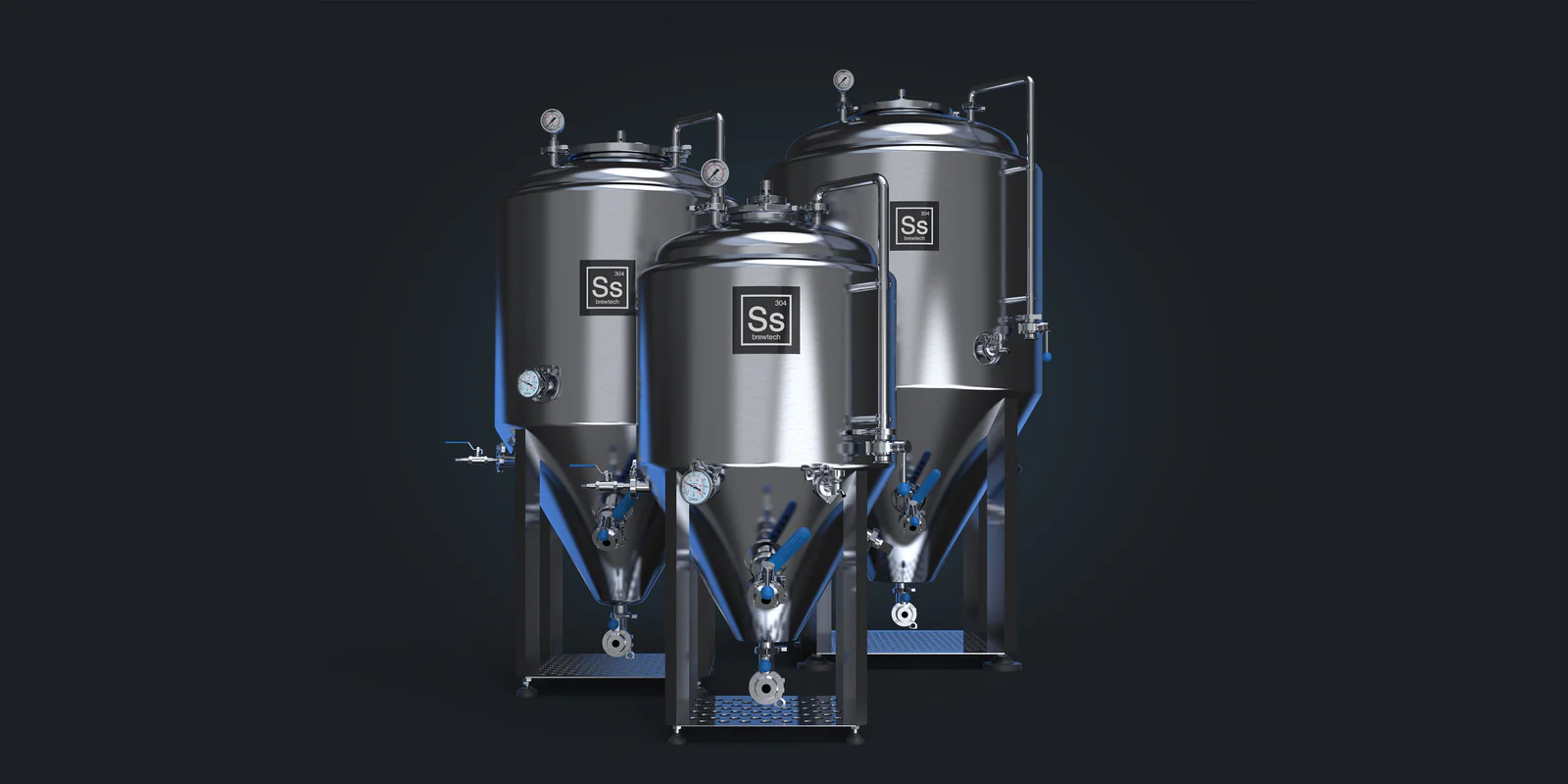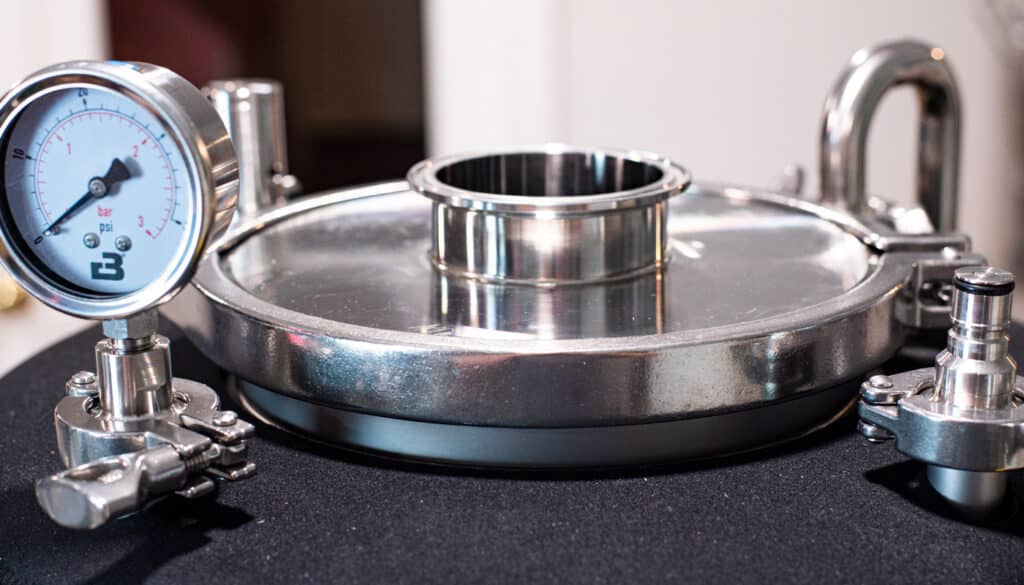
Over the past few years, I’ve tried nearly every shortcut, tool, and gadget in the homebrewing world, always looking for something that could make the brewing process easier and more efficient. My journey recently led me to the BrewKeg10 from WilliamsWarn, a name I had heard tossed around in online brewing communities with a fair bit of admiration. In this williamswarn brewkeg10 review, I’ll walk you through my experience using the system, from unboxing and setup to brewing, carbonating, and pouring the final product.
First Impressions: A Compact but Powerful Setup
When the BrewKeg10 first arrived at my door, I could tell immediately that this wasn’t your average piece of brewing equipment. The packaging was solid, and once unboxed, the gleaming stainless steel keg made an impression right away. Built to hold 10 liters (just over 2.5 gallons), it strikes a good balance between being compact enough for small spaces and large enough for serious homebrew sessions.
The overall design is both modern and functional. With pressure-capable fittings, a wide cleaning port at the top, and a high-quality dispensing system, the BrewKeg10 has all the features you’d expect from a professional brewing system—but shrunk down to homebrew size.
Setting Up the BrewKeg10: Easier Than Expected
One of my biggest concerns before purchasing was whether the system would be difficult to set up. I’ve worked with equipment in the past that required hours of tinkering and watching video tutorials. To my surprise, the BrewKeg10 was relatively plug-and-play. After giving everything a thorough sanitization (which, if you’re a brewer, you know is non-negotiable), I was ready to brew.
The included instructions were clear, and I appreciated that WilliamsWarn provided visual diagrams to simplify the process. The carbonation and pressure fittings might seem intimidating at first glance, but they’re actually intuitive once you’ve seen them in action. This is definitely a system built with the user in mind.
Brewing with the BrewKeg10: One Vessel Does It All
Here’s where things started getting interesting. What sets the BrewKeg10 apart from most traditional brewing setups is its ability to let you ferment, carbonate, and serve all from the same vessel. There’s no need to transfer your beer from a fermenter to a secondary vessel, then to a keg or bottles. For me, this was a huge selling point.
My first brew was a pale ale with plenty of late hop additions to test how well the keg retained aroma. The fermentation was quick and clean. Because the keg is pressure-capable, I could naturally carbonate the beer during the fermentation process. This is something I hadn’t tried before, but it ended up saving me days of waiting time and eliminated the need for priming sugar or forced carbonation later on.
Carbonation and Dispensing: A Seamless Transition
When fermentation was complete, I lowered the temperature using my kegerator to speed up carbonation. Thanks to the closed system, my beer remained untouched by oxygen from start to finish. It carbonated in about 48 hours, which is incredibly fast compared to the 7–14 days I typically wait using traditional bottling methods.
Dispensing from the BrewKeg10 is where things really shine. The integrated tap allows you to pour beer directly from the keg without additional equipment. The pressure system keeps the pour consistent, and I was impressed by how professional it felt—like having a miniature taproom in my own kitchen.
In this williamswarn brewkeg10 review, I have to highlight how much time I saved. From brew day to pour day, the entire cycle took less than a week. That’s unheard of in traditional homebrewing, where the process can easily stretch across three or four weeks.
Cleaning and Maintenance: Surprisingly Simple
I’ve had some brewing systems that I dreaded cleaning. Narrow necks, hard-to-reach corners, and fragile plastic parts can turn cleanup into a hassle. The BrewKeg10 has none of these problems. The top of the keg opens wide, allowing for easy scrubbing and rinsing. The stainless steel body doesn’t retain odors or stains, and every component is built to last.
After brewing two batches, I established a quick cleaning routine: rinse, scrub with PBW (Powdered Brewery Wash), rinse again, and sanitize. The whole process takes under 30 minutes, which is a small price to pay for the convenience this system offers.
Real-World Performance: Batch After Batch
Over the past two months, I’ve brewed five different styles in the BrewKeg10—from IPAs to stouts—and each batch has turned out great. The system handles pressure fermentations like a champ, and the carbonation always comes out right. I also tested the vessel’s ability to hold beer long-term, and after three weeks in cold storage, my stout tasted just as fresh and rich as it did on day one.
What really impressed me was the consistent quality across different recipes. Some systems perform well for simple beers but struggle when you throw more complex ingredients or higher gravities into the mix. That wasn’t the case here. Whether I was fermenting a dry-hopped pale ale or a creamy milk stout, the BrewKeg10 handled everything I threw at it with ease.
What I Love About the WilliamsWarn BrewKeg10
After writing this williamswarn brewkeg10 review, I can confidently say this is one of the best investments I’ve made for my brewing hobby. Here’s a quick summary of what I love most about it:
All-in-One Functionality
Having a single vessel for brewing, fermenting, carbonating, and serving simplifies the process more than I expected. There’s less cleaning, fewer transfers, and virtually no risk of contamination.
Professional-Level Results at Home
The level of control this system offers rivals some small-scale commercial setups. The pressurization, carbonation speed, and dispensing setup all contribute to an incredibly polished final product.
Great for Small Spaces
If you live in an apartment or don’t have a dedicated brewing space, the BrewKeg10 is a godsend. It fits easily in my kegerator and doesn’t require a lot of storage space.
Durable, High-Quality Build
Everything from the stainless steel keg to the pressure fittings is solid and well-made. You can tell this equipment was designed by people who actually brew beer.
A Few Considerations Before You Buy
This wouldn’t be an honest williamswarn brewkeg10 review without pointing out a few potential downsides. The system isn’t the cheapest option on the market, and if you’re a beginner who’s just starting with extract kits, it might feel like overkill. Additionally, you’ll need a CO2 tank and regulator to get the most out of the carbonation and dispensing features.
That said, for brewers who are committed to making high-quality beer and want to simplify their process, this system is absolutely worth the investment. The learning curve is minimal, and the payoff in convenience and consistency is huge.
Final Verdict
In wrapping up this williamswarn brewkeg10 review, I can say with complete confidence that this system has transformed how I brew. From reducing cleaning time and oxidation risks to delivering perfect carbonation every time, it checks all the boxes for what I want in a brewing setup. Whether you brew every week or just a few times a year, the BrewKeg10 can bring a level of professionalism and ease that’s hard to match.
If you’re looking to streamline your brewing process while stepping up the quality of your beer, I highly recommend giving the BrewKeg10 a try. It’s now my go-to brewing system—and I don’t see that changing anytime soon.




